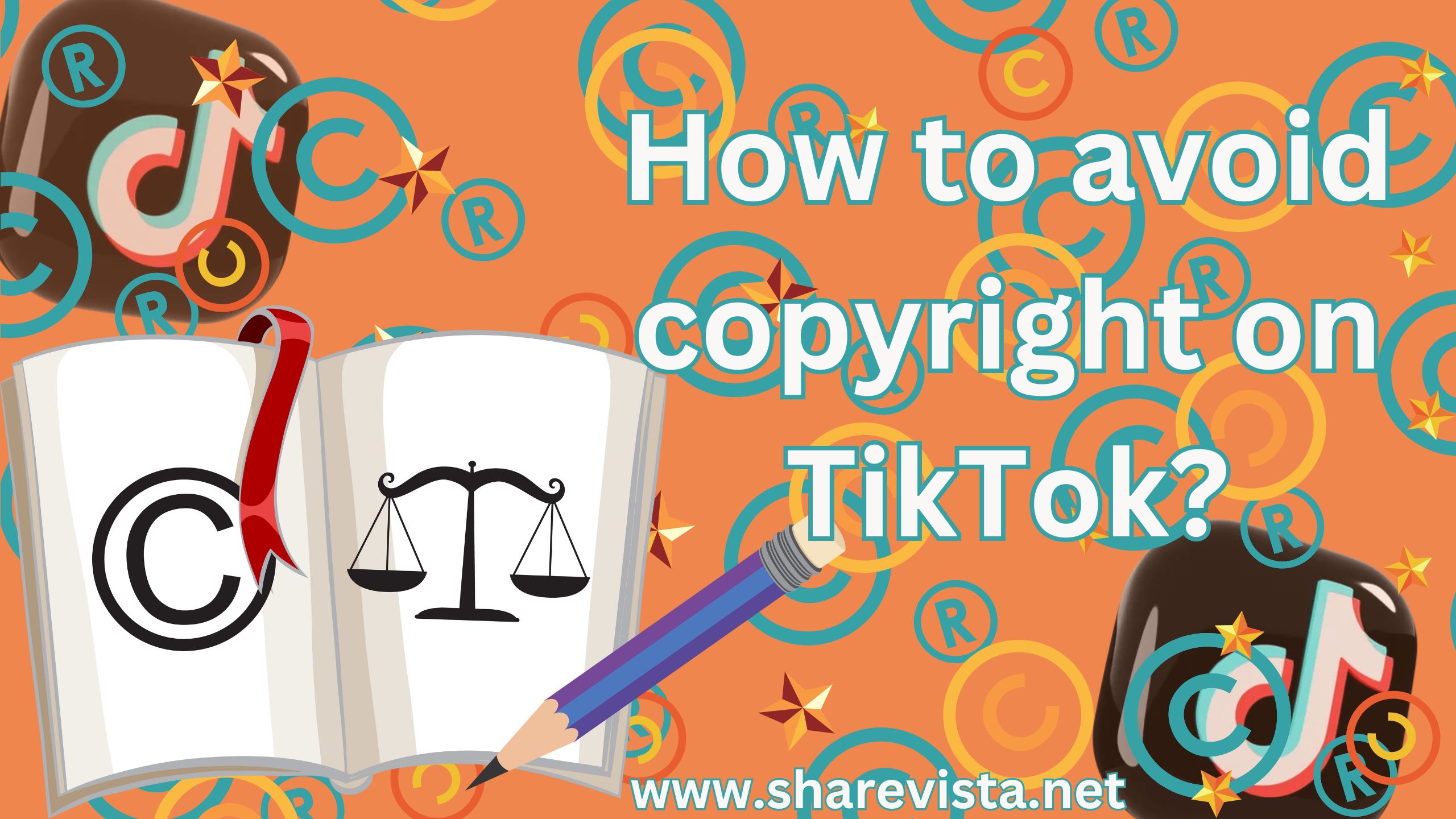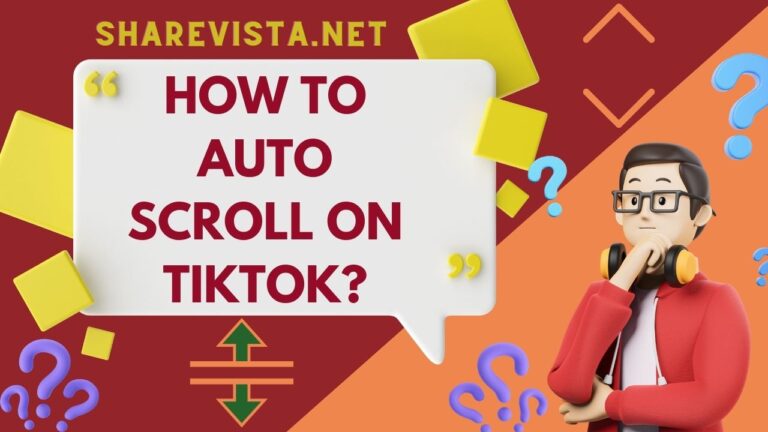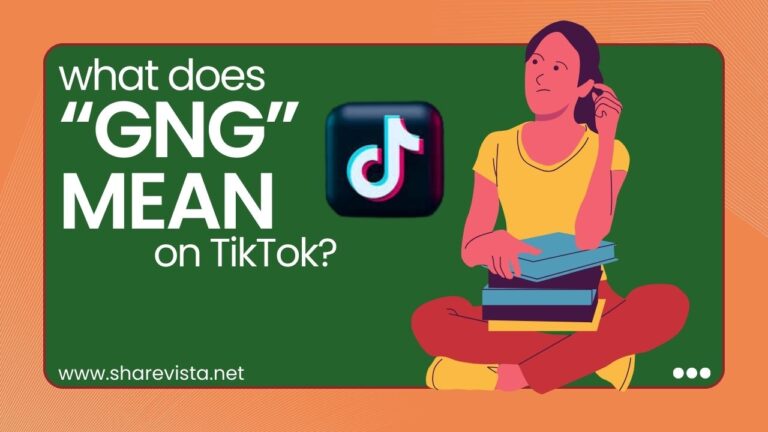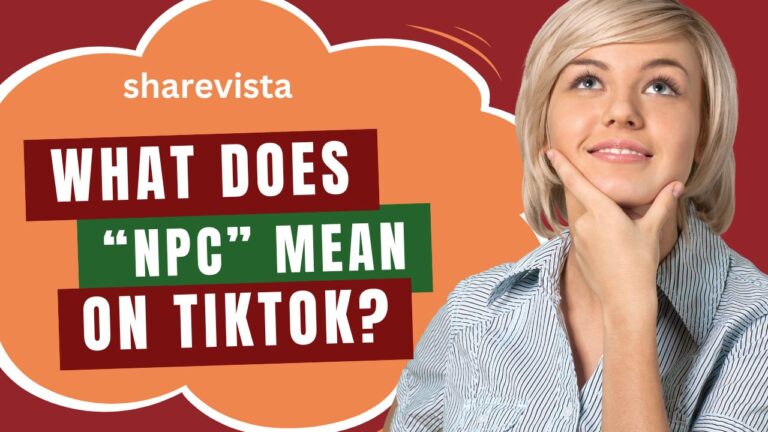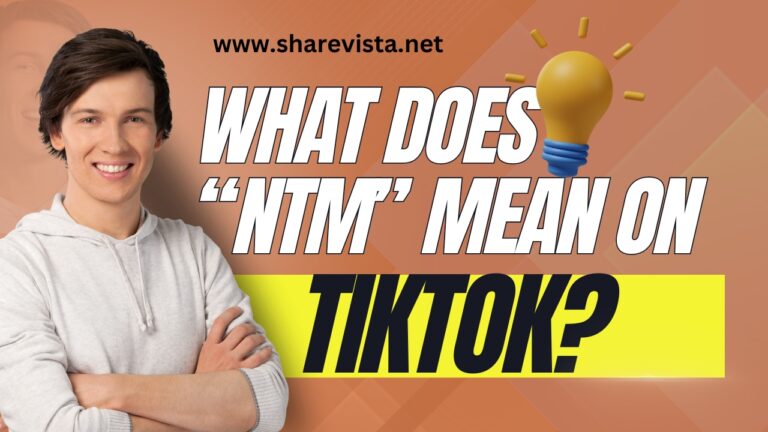“Cultivating a vibrant presence on TikTok requires creativity and innovation, but navigating the intricate web of copyright laws is equally crucial. In a digital landscape saturated with content, understanding how to sidestep copyright pitfalls is paramount for creators aiming to thrive on the platform. From leveraging original creations to exploring licensed music options and embracing transformative use, mastering the art of copyright compliance empowers TikTok enthusiasts to craft engaging content while safeguarding against legal entanglements. Let’s delve into the essential strategies for steering clear of copyright infringement and unlocking the full potential of TikTok’s dynamic community.”🎨💡🎶🔍⚖️
How to avoid copyright on TikTok?
Avoiding copyright issues on TikTok involves being mindful of the content you use and ensuring that you have the necessary rights or permissions to use it. Here are some tips to help you stay clear of copyright problems on TikTok:
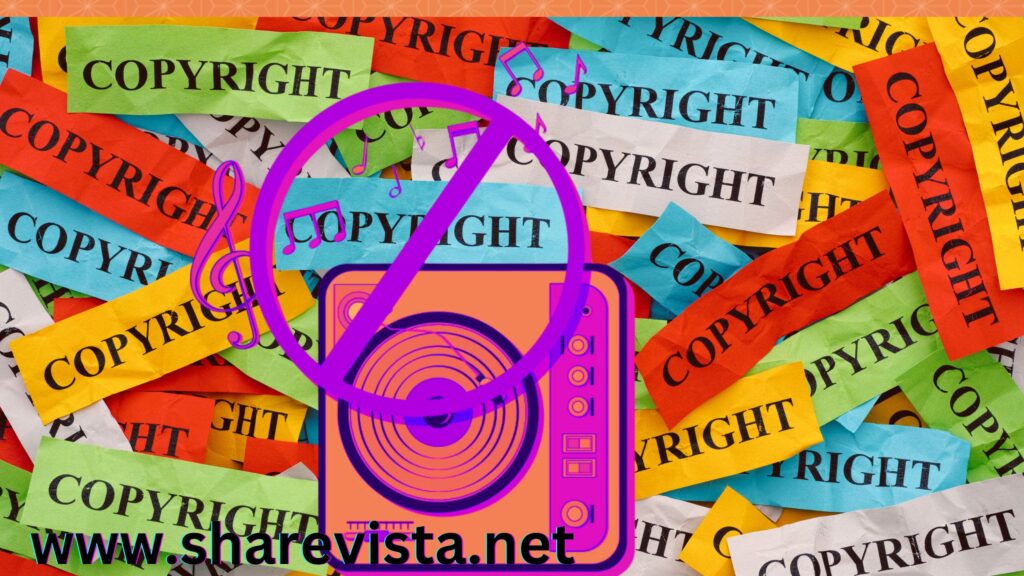
1.Use Original Content:
Create your own content such as videos, music, and artwork. By creating original content, you won’t run into copyright issues because you own the rights to what you’ve created.
2.Use Royalty-Free Music:
There are many websites that offer royalty-free music that you can use in your TikTok videos without worrying about copyright infringement. Some popular sources include YouTube Audio Library, Epidemic Sound, and Free Music Archive.
3.Obtain Proper Licenses:
If you want to use a specific song, soundbite, or clip from a movie or TV show, make sure you have the necessary licenses or permissions to use it. You can contact the copyright holder or use platforms that offer licensed content for use in social media, such as TikTok’s own music library.
4.Use TikTok’s Built-in Music Library:
TikTok provides a vast library of licensed music and sounds that you can use in your videos without worrying about copyright issues. These are pre-cleared for use on the platform.
5.Follow Fair Use Guidelines:
If you’re using copyrighted material for purposes such as criticism, comment, news reporting, teaching, scholarship, or research, you may be protected under fair use. However, it’s essential to understand the limitations and legal interpretations of fair use in your jurisdiction.
6.Give Credit:
If you use someone else’s content with their permission or under a license, always give credit to the original creator. This not only shows respect for their work but also helps clarify that you have the right to use the content.
7.Transformative Use:
Transforming copyrighted material in a way that adds new meaning or expression may sometimes be considered fair use. However, this can be a complex legal concept, so it’s advisable to seek legal advice if you’re unsure.
8.Monitor Copyright Claims:
Keep an eye on any copyright claims made against your content. TikTok has a system in place for copyright holders to report violations. If your video gets flagged, you may receive a notification or your video may be taken down.
Remember that copyright laws vary by country, and what may be considered fair use in one jurisdiction might not be in another. It’s always a good idea to familiarize yourself with copyright laws and seek legal advice if you’re uncertain about whether your content complies with them.
FAQs
Conclusion
In conclusion, navigating copyright issues on TikTok is essential for creators to safeguard their content and uphold legal standards while engaging with the platform’s dynamic community. By adhering to copyright laws and employing strategies such as using original content, exploring licensed music options, and understanding fair use principles, creators can mitigate the risk of copyright infringement and foster a thriving presence on TikTok. It’s crucial to stay informed about copyright regulations, leverage available resources, and seek legal advice when needed to ensure compliance and protect intellectual property rights. Ultimately, by embracing best practices for copyright management, creators can unleash their creativity while respecting the rights of others, contributing to a vibrant and responsible TikTok ecosystem.

